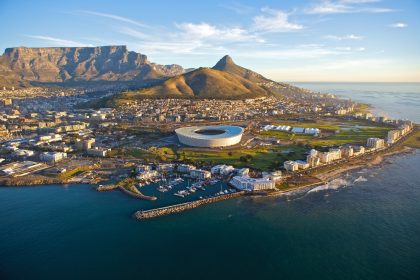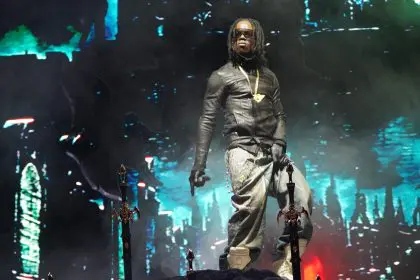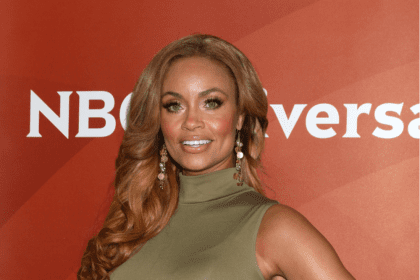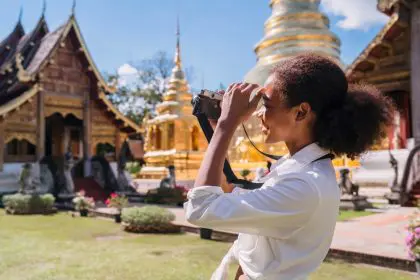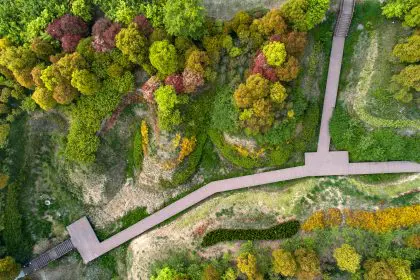
In reflecting on the recent passing of the iconic Nelson Mandela or as he is affectionately called Madiba, I think of what South Africa was like during Aparthied, during his Presidency and what the future is for Mandela’s South Africa. I visited South Africa in 1996 and had well prepared myself for what to expect having read Nelson Mandela’s book, Long Walk to Freedom, as well as other books like Steven Biko’s book, I Write What I Like, along with Kaffir Boy by Mark Mathabene which left such an indelible upon me years earlier as I thought about Aparthied in South Africa and compared it to Jim Crow segregation here in the United States. It amazed me that I was visiting South Africa a mere 2 years after Apartied ended with the election of Nelson Mandela in 1994 but I did not permit myself to harbor any delusions of grandeur about the continued need for struggle in the Republic of South Africa as my departure time to Johannesburg, South Africa approached. As I boarded my connecting flight in Cairo, Egypt, thoughts seemed to constantly resonate in my mind about my prior study of the South African struggle and contrasted by the historical struggle of the Black man and woman in America was coming to be fulfilled in the comparative reality or post-apartheid South Africa. Names like Steven Biko, Nelson and Winnie Mandela, David and Elizabeth Sibeko, Archbishop Desmond Tutu, Chief Albert Lutuli , Chris Hani, the Sharpsville Massacre, the Soweto Uprising and countless other people and events began to dominate my thoughts as I patiently waited for the 8 hour flight to be complete.
One of the most impactful events for me was the Sharpsville Massacre on March 21, 1960, which marked a turning point for South African Blacks with the murder of 60 black protestors, along with 178 wounded when the Pan Africanist Congress (PAC) organized a passbook protest at the Sharpsville Tennis Court grounds. The passbook or passbook law required Africans to carry these passbooks, similar to a passport that has to be stamped, at all times when traveling throughout South Africa during Apartheid. The National Party, the ruling political party during Apartheid, had the Riot Squad dispatched at these grounds and opened fire upon these unarmed protestors with at least 80% being shot in the back as they retreated. Another event that I thought about was the Soweto Uprising, when African school children protested having to learn the oppressor’s Afrikaans language (Dutch, Boer, Germanic origin) on June 16, 1976 where many of these children were massacred as they ran away from being fired upon. The first place I visited in South Africa after arrival was the memorial erected for the children killed in front of the South African police station where the gathered to protest. One of the first children killed, 13 year old Hector Peterson, was photographed by a reporter where his limp body was carried away by another child running in one of the most in-famous photographs ever taken during that era. The spirit of the children resisting will always be remembered for generations with the memorial erected that has the bold inscription: “Never, Never Again”!
As I traveled with Bongaini Sibeko, the son of slain PAC revolutionary David Sibeko, I saw that the struggle was not over for our people there because a critical element was not implemented by the African National Congress – a radical redistribution of wealth to help the oppressed Black masses.I also had the honor of meeting Bongaini’s mother, Elizabeth Sibeko, who I spoke with on many occasions along with Khoison X who was the Secretary General of the Pan Africanist Congress and one of the most feared political men in South Africa. As we traveled throughout the countryside, I witnessed the masses living below what we would call poverty in America as we went in places like Soweto (Southwestern Township) in these shanty towns that literally went for miles and miles. It was easy for me to draw some obvious conclusions, but I can understand the diplomacy exhibited by the ANC to be careful about a minority white uprising if this redistribution took place, even though I disagreed in light of the radical oppression of Black South Africans by criminal settlers that showed no humanity for years of minority white rule. The ANC aim seemed to be that to hold the country in harmony and seeking unity for all South Africans to precedence over any form of reparations. Imagining the pressure on Mandela and the ANC was a stark reality pill I had to swallow despite the fact that I felt “white folks” still controlled the wealth and land of South Africa. Since I was not living there and could draw an easy conclusion coming from America, which is the world’s number one superpower, my radical way of thinking was a luxury I could afford to have since I had a return ticket back to the USA. My love and respect for Nelson Mandela and the ANC will never dissipate, even though I was more attracted to the PAC, which had a more radical political aim than the ANC. I felt at the time that to fly a new flag was not good enough when the masses of Black South Africans lived in poverty.
Eighty-seven percent of the most fertile land in South Africa belonged to six white ruling families, including the Openhiemers and DeBeers, who run the gold and diamond industries there respectively. Given many of these historical events, I could not believe how beautiful South Africa was as I traveled between Johannesburg and Cape Town, a two hour flight at the tip of South Africa where I thought my plane came pretty close to the picturesque Table Mountain for my comfort. In Cape Town, I saw Robben Island where Nelson Mandela would spend the bulk of his 27 years in prison and understood his sentiments in his book Long Walk to Freedom and how he and his comrades would remain steadfast in their commitment to a united South Africa verses Apartheid. I truly admire them for the conviction they showed over the years. I admired that and was riveted to the television when I saw him released from prison on February 11, 1990 having been sentenced in 1964. Just hours after his release he told a roaring crowd, “Today, the majority of South Africans, black and white, recognize that apartheid has no future. It has to be ended by our decisive mass action. We have waited too long for our freedom”. To see him become President of a new South Africa in 1994 sent chills through my body and filled with pride that at least the Apartheid system, like Jim Crow, was a thing of the past , though the remnants still remained in various forms. While much can still be said for the majority of Black South Africans living in poverty, many will point out that the Black Middle Class has soared and is rapidly growing. According to Stellenbosch University in Johannesburg, the county’s black middle class has grown from 350,000 people in 1993 to around 3 million in 2012. This study concluded with a statement by research fellow Hennie Kotze who said, “That is not to justify the pace of change, but rather to dispel possible misconceptions fuelled by recent evidence of social fragmentation and racial tensions”. The study also concluded that while affluent black people have higher income levels, they still have fewer assets than their white counterparts.
I would later understand the wisdom of Nelson Mandela and others in the ANC who realized that this social revolution is indeed a process, not a conclusion. Preparing to depart Azania, the indigenous name of South Africa, I realized that you can call it Apartheid or Jim Crow but we are truly connected to our brothers and sisters in South Africa through struggle and want the best for each other. There is an African proverb that says, “Polluted Waters will cleanse itself, as long as it keeps running”; so Nelson Mandela’s long walk to freedom has concluded but it will be up to the current leaders of South Africa, including current President Jacob Zuma, to continue this walk Nelson started toward freedom but reciprocity to the poor and masses of Black South Africans- Rest well Madiba.
Malik Ismail is an international traveler and activist. He’s explored many cultures in Africa including Ghana, South Africa and Egypt. He’s traveled to Cuba and South America. Recently he visited Rio de Janeiro and Salvador Bahia, Brazil including the favelas of Rocinha and Cidade de Deus (City of God) in Rio. His writings have been featured in the L.A. Watt’s Times, It’s About Time BPP Newsletter, Rolling Out Magazine and The Black Panther Intercommunal News Service.


